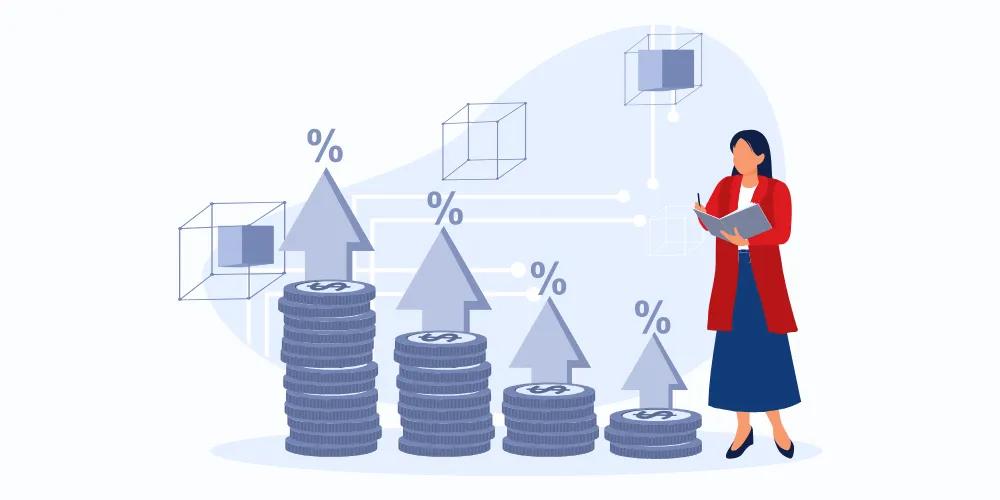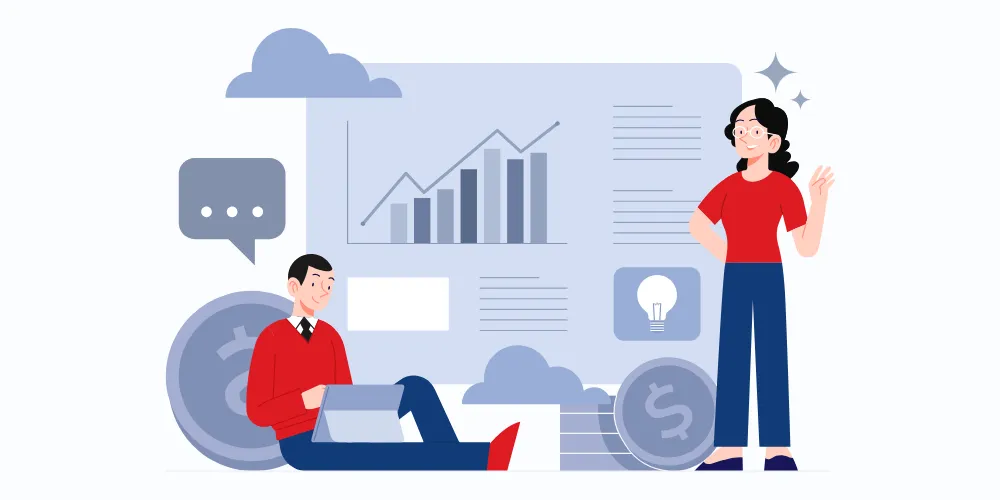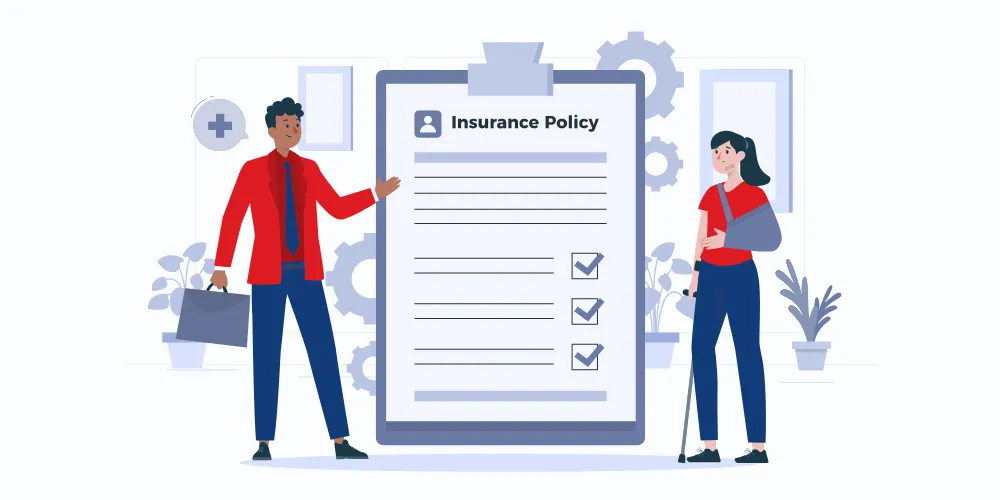KPIs ensure sales incentives drive the right behaviors by aligning compensation with business goals. Clear, measurable KPIs like revenue growth, customer retention, and deal closures keep sales teams focused. Poorly set KPIs can misguide efforts, leading to unintended results. A balanced mix of quantitative and qualitative KPIs ensures fair, motivating incentives that boost performance, improve accountability, and contribute to overall business success.
Sales Kpis That Drive High-Performance Incentive Plans
- Sumeet Shah
- Dec 05, 2021
- 4 min read
- Last updated on Mar 27, 2025
What are KPIs in sales?
A key performance indicator or a KPI can be defined as a reliable performance measure for a role. A performance indicator in any field tells us about the progress achieved to reach any company’s business goal and is often shortened to KPI. Ensuring that your employees’ hard work towards achieving KPI targets is being appreciated can be achieved through well-thought-out sales incentive plans. This will drive them to put their best effort into work and achieve goals that align with the company’s motives.
Incentive plans are a guiding force for sales representatives that motivates them and builds an encouraging, friendly, and supportive environment where they can grow professionally. Incentive programs are intended to help companies build profitability and revenue season after season. Measuring performance in a sales incentive plan depends on predetermined key performance indicators. They play an essential role in an incentive program since they keep track of the success achieved through the incentive plan. Every program contains KPIs that track participation, success, and total sales profitability and growth.
Why are Sales KPIs so Important?
Sales KPIs are essential because they provide measurable insights into performance, ensuring sales teams stay aligned with business goals. Without KPIs, tracking progress becomes guesswork, making it difficult to identify strengths, weaknesses, and areas for improvement. Effective KPIs help sales leaders make data-driven decisions.
For instance, tracking conversion rates highlights how well leads are turning into customers, while average deal size reveals revenue potential per sale. Sales cycle length helps businesses optimize processes, reducing the time it takes to close deals. KPIs also play a crucial role in motivation and accountability. When sales reps see clear, achievable goals—like hitting a specific quota or increasing customer retention—they stay engaged and focused. Well-defined KPIs create transparency in incentive structures, ensuring fair and performance-driven compensation.
Additionally, sales KPIs help companies adapt to market changes. By tracking real-time data, businesses can quickly identify trends and adjust their strategies accordingly. For example, if win rates are declining, it may signal a need for better sales training or refined targeting.
Leading KPIs
Now that it is established that KPIs play an essential role in making an incentive plan, let us see some of the leading key performance indicators in sales incentive plans:
1. Sales Growth
The main aim of every project, strategy, and idea in the sales world is to increase sales. Sales growth thus makes for a very important and effective performance indicator when designing an incentive plan. This factor comes into play as sales growth is calculated by understanding the percentage increase in all purchases made by all clients throughout the purchasing period. This factor is compared to the previous period’s sales outcomes, which are used as a benchmark.
2. Goals Achieved
The percentage of goals/targets achieved is a key performance indicator, as it simply highlights that your program is successfully rewarding the performance that is expected of the participants. This promotes a sense of encouragement and boosts the morale of employees, who should be continuously rewarded for their hard work and dedication.
An incentive program can be customized in multiple ways. It can motivate participants to redeem points earned and unlock non-monetary rewards such as travel prizes, shopping discounts, a paid off-day, permanent parking spots, etc. This will motivate the workforce to put all efforts and work towards earning those points. In other plans, the achievement against a target is used to determine attainment against on-target earnings against a curve or scale popularly known as the payout curve. Organizations put a great deal of thought into payout curves since that’s a key factor that contributes to the excitement of an incentive program.
3. Lead Conversion Rate
It comes as no surprise that not all the people you sent an invitation to will respond or not every cold call you make will convert. Even if they do respond, they do not need to enroll in your program/scheme or buy your product/service. This difference between the number of people to whom you sent an invite or the number of cold calls you performed for the program versus the number of people who went through it by showing up, actively participating, or purchasing can also serve as a major KPI in designing a sales incentive plan. The greater this number is, the better.
To obtain better sales growth, you would be required to improve your conversion rates across the organization. Hence, it’s a KPI that’s worth rewarding your sales reps for. Most call center managers, for example, consider call volume to be valuable and prefer to allocate a larger number of calls to those who have better conversion rates. Hence, tracking, incentivizing, and actively working towards improving conversion rates are critical.
4. Engagement
A very important indicator that can help forecast the chances of success or the outcome of a project in its early execution stages is engagement. It is measured by various factors such as the open rate for emails, engagement rates of cold calls, marketing campaign click-through rates or impressions, the number of times a client visits the company’s website, etc. It can give the company an idea of whether their reps will accomplish or exceed their goals during the bonus term. Such KPIs can improve employees’ effectiveness in such campaigns and programs so that they try to push engagement rates in order to gain higher sales incentives.
5. Deals Closed
The number of deals closed directly influences sales compensation, making it a critical KPI. A well-structured incentive plan encourages reps to focus on closing opportunities efficiently while maintaining deal quality. Tracking this metric helps assess sales effectiveness, refine strategies, and optimize commission structures to reward high-performing sales professionals fairly.
6. Renewal Rate
For subscription-based or recurring revenue businesses, the renewal rate is essential. Incentivizing renewals ensures sales teams prioritize long-term customer relationships over one-time sales. A high renewal rate signals customer satisfaction and strong product-market fit. Aligning incentives with renewals helps reduce churn, boost customer loyalty, and sustain steady revenue growth.
7. Upsell & Cross-Sell Revenue
Encouraging upsells and cross-sells increases customer lifetime value while maximizing existing relationships. By structuring incentives around additional purchases, sales teams focus on understanding customer needs and offering relevant solutions. This approach enhances customer satisfaction, strengthens brand loyalty, and increases overall revenue without relying solely on acquiring new customers.
8. Customer Lifetime Value (CLV)
Incentivizing Long-Term Profitability CLV measures the total revenue a customer generates over their relationship with a business. Incentivizing sales teams based on CLV ensures they prioritize long-term customer success rather than short-term wins. Aligning compensation with CLV encourages better customer service, retention strategies, and overall business profitability.
9. Sales Velocity
Sales velocity calculates how quickly deals move through the pipeline to closure. Faster sales cycles mean higher revenue potential in less time. By incentivizing efficiency, businesses encourage sales reps to refine their approach, eliminate bottlenecks, and close deals faster while maintaining deal quality, ultimately improving cash flow and revenue growth.
How to choose which Sales KPIs to Track in your dashboard
Selecting the right KPIs for your dashboard is crucial for monitoring performance, making data-driven decisions, and aligning business goals. Here’s how to choose them effectively:
Align with Business Objectives
Start by identifying your company’s goals. Are you focusing on revenue growth, customer retention, or sales efficiency? Your KPIs should directly reflect these priorities. For example, if your goal is revenue growth, key metrics could include total sales, average deal size, and customer lifetime value.
Keep KPIs Actionable
KPIs should provide insights that lead to action. If a metric doesn’t help make decisions or drive improvements, it doesn’t belong on the dashboard. For instance, tracking “website visits” without linking it to lead conversion won’t offer much value. Instead, focus on metrics like conversion rates or pipeline velocity.
Prioritize Simplicity and Relevance
Choose a limited number of high-impact KPIs to avoid information overload. Each role in your organization may require different metrics. Sales managers might track quota attainment and sales cycle length, while finance teams focus on commission payout accuracy.
Use Real-Time and Leading Indicators
Incorporate both lagging (historical performance) and leading (predictive) indicators. While total revenue is important, tracking leading indicators like new pipeline creation or demo-to-close rates helps adjust strategies proactively.
Ensure Data Accuracy and Accessibility
Your KPIs are only as good as the data they rely on. Ensure integration with reliable sources, automate data collection where possible, and present insights in an easy-to-understand format.
Conclusion
Designing and implementing an Incentive Plan involves a lot of work. This blog mentions some key performance indicators, which may ease the process and result in better and more effective sales incentive plans.
Frequently Asked Questions
How do KPIs influence sales incentive structures?
What is the best way to track sales KPIs for incentive plans?
Automated commission management software ensures real-time tracking, accuracy, and transparency. It eliminates errors, reduces disputes, and provides instant performance insights. CRM integration helps align sales efforts with company goals, ensuring KPIs reflect real progress. Dashboards and reports offer visibility for sales reps and leaders to make informed decisions. Without automation, tracking becomes inefficient, leading to misaligned incentives and delayed payouts, affecting motivation and overall sales effectiveness.
How often should sales KPIs be reviewed for incentive adjustments?
Sales KPIs should be reviewed quarterly to reflect market changes and business needs. Regular evaluation prevents misalignment, ensuring incentives remain competitive and effective. In fast-changing industries, monthly or real-time adjustments may be necessary. Static KPIs can demotivate teams and lead to poor performance. Frequent reviews optimize incentive plans, keeping sales teams engaged, motivated, and aligned with evolving company objectives for long-term success.
What are common mistakes in setting KPIs for sales incentives?
Common mistakes include unrealistic targets, misaligned KPIs, and overly complex metrics. Focusing only on revenue ignores factors like customer retention. Failing to update KPIs with market changes makes incentives ineffective. Poor transparency in KPI calculations leads to disputes. Setting clear, attainable, and well-aligned KPIs ensures motivation, engagement, and business growth. Regularly refining KPIs helps maintain fairness, drive desired behaviors, and optimize sales performance over time.




